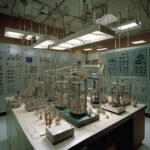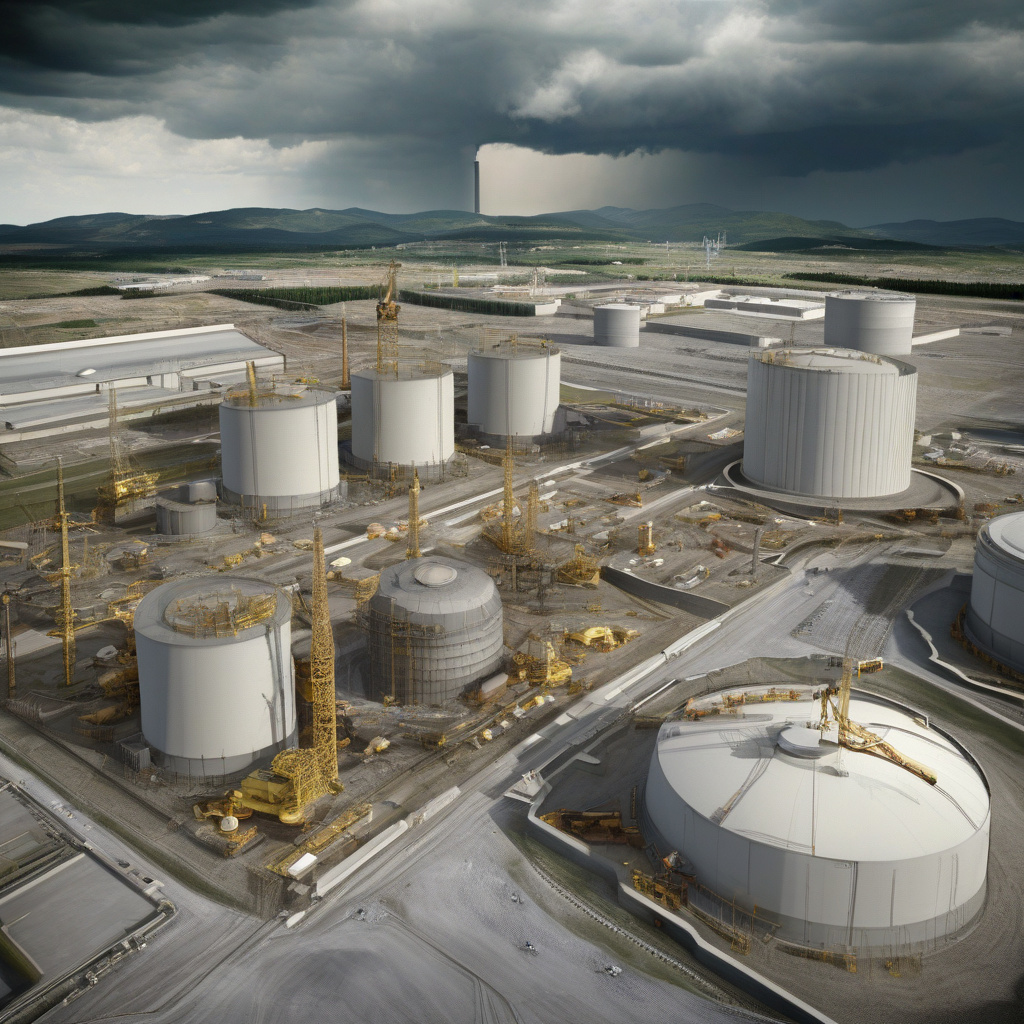Italy’s Controversial Decision: Creating a New Radioactive Waste Graveyard
Italian nuclear authorities have begun demolishing and reconstructing a low-level radioactive waste storage facility at the site of the country’s largest nuclear power plant, sparking a wave of concern and debate among environmentalists, government officials, and the general public.
Located in the picturesque countryside of Italy, the nuclear power plant has been a topic of contention for years due to its potential environmental impact and safety hazards. The decision to establish a new radioactive waste graveyard on the plant’s premises has only added fuel to the fire of opposition.
Proponents of the project argue that the new facility will adhere to the strictest safety standards and modern technology, ensuring that the disposal of radioactive waste is done in a responsible and environmentally friendly manner. They claim that the new graveyard will help Italy properly manage its nuclear waste, preventing any potential harm to the environment and nearby communities.
However, critics are not convinced. They raise concerns about the long-term implications of storing radioactive waste in such close proximity to a nuclear power plant. They fear that accidents or natural disasters could lead to leakage or contamination, putting the environment and public health at risk.
Furthermore, environmentalists point out that Italy has a history of struggling with proper nuclear waste management. In the past, the country has faced challenges in safely disposing of radioactive materials, raising doubts about its ability to handle such a sensitive and hazardous task effectively.
The debate around the new radioactive waste graveyard highlights the broader issue of nuclear energy and its environmental impact. While some view nuclear power as a clean and efficient source of energy, others argue that the risks and consequences associated with it are too great to ignore.
Countries around the world are grappling with the dilemma of how to balance the need for energy with the imperative to protect the environment and public health. The case of Italy’s new radioactive waste graveyard serves as a microcosm of this global challenge, forcing us to confront difficult questions about the future of energy production and consumption.
As Italy moves forward with its plans to construct the new facility, it is essential for all stakeholders to engage in open and transparent dialogue. The concerns and perspectives of environmentalists, scientists, government officials, and the public must be taken into account to ensure that the decision-making process is thorough and well-informed.
In the end, the establishment of a new radioactive waste graveyard at Italy’s largest nuclear power plant site is a complex and contentious issue that requires careful consideration and responsible action. The choices we make today will have far-reaching implications for future generations, underscoring the need for prudence, vigilance, and a commitment to sustainability in all our endeavors.
Italy’s environment, public health, and energy future hang in the balance as the country navigates the complexities of nuclear waste management. The path forward is uncertain, but one thing is clear: the decisions we make now will shape the world we leave behind for years to come.
Italy, radioactive waste, nuclear power, environmental impact, sustainability












